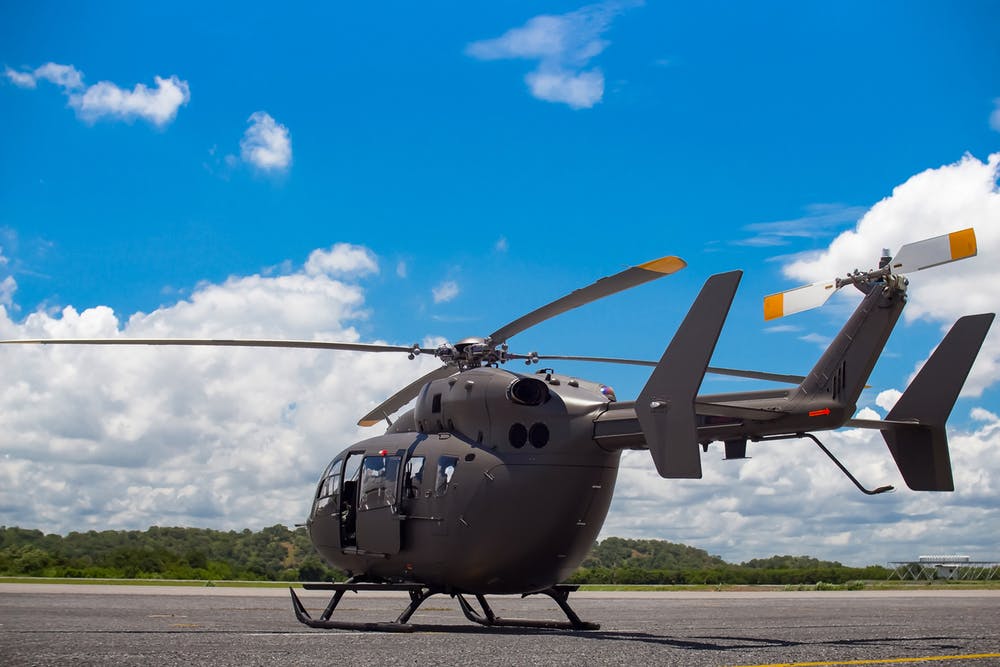Embarking on a career as a helicopter pilot is akin to embarking on an adventure that soars high above the mundane. It’s not just a job; it’s a calling that beckons the brave and the passionate. Helicopter pilot training is a multifaceted journey, encompassing the acquisition of technical skills, the understanding of complex navigation systems, and the development of a keen intuition for the subtleties of flight.
The Path to Mastery
Helicopter pilot training is a rigorous process that demands both dedication and resilience. Aspiring aviators must first grapple with the theoretical aspects of flight. This includes aerodynamics, where one learns how air currents interact with the aircraft; meteorology, the study of weather and its profound impact on flight conditions; and navigation, the art and science of plotting one’s course through the skies.
The practical side of training is where the real excitement begins. Students take to the air, initially as observers and gradually as pilots under the watchful eyes of experienced instructors. This hands-on experience is crucial, as it transforms abstract concepts into tangible skills. It’s during these hours aloft that students learn to manoeuvre the helicopter, responding to its every quirk with a mix of precision and grace.
Safety and Simulation
An indispensable component of helicopter pilot training is the emphasis on safety. Prospective pilots are drilled in emergency procedures, ensuring they can handle unexpected situations with calm and decisiveness. Moreover, advancements in simulation technology have greatly enhanced the training process. Simulators allow students to experience a wide range of scenarios, from routine flights to emergency landings, in a controlled environment. This not only sharpens their skills but also builds confidence.
The Thrill of Solo Flight
A pivotal moment in every aspiring pilot’s journey is the first solo flight. It’s a test of skill, a rite of passage, and a profound affirmation of one’s abilities. Flying alone, with only the horizon as company, students truly understand the responsibility that comes with being a pilot. It’s an exhilarating experience that marks the transition from student to aviator.
Navigating the Career Landscape
For those who successfully navigate the rigours of training, a wide range of career opportunities awaits. From conducting scenic tours to executing precision medical evacuations, helicopter pilots play a vital role in various sectors. Become a certified helicopter pilot today and embark on a career that promises not just a livelihood, but a lifestyle marked by adventure and achievement.
In this ever-evolving field, continuous learning is a must. Pilots must stay abreast of technological advancements and regulatory changes. A commitment to lifelong learning ensures that they can meet the challenges and opportunities of the future head-on.
Conclusion
Helicopter pilot training is more than just learning to fly; it’s about embracing a way of life that rises above the ordinary. It requires a blend of technical knowledge, practical skills, and an unwavering commitment to safety. Those who embark on this journey join the ranks of a special cadre of professionals who view the world from a unique vantage point – the cockpit of a helicopter.As we look to the skies, the role of the helicopter pilot remains indispensable. Whether it’s in the service of saving lives, exploring remote locations, or connecting communities, these aviators continue to push the boundaries of what’s possible. For those drawn to the sky, the path to becoming a helicopter pilot is challenging, rewarding, and profoundly transformative.

